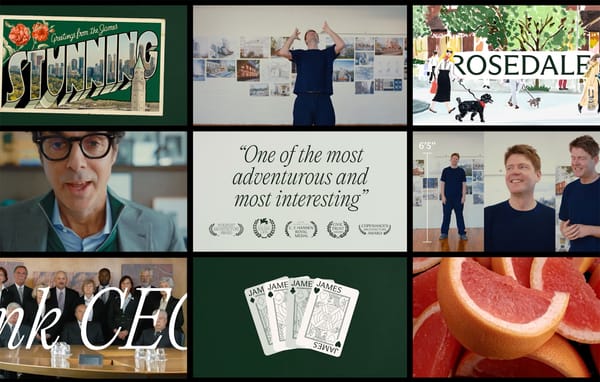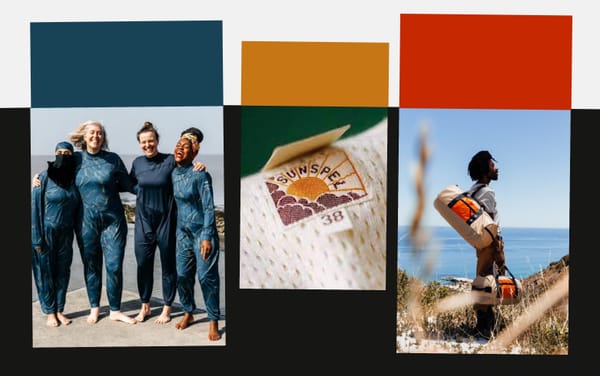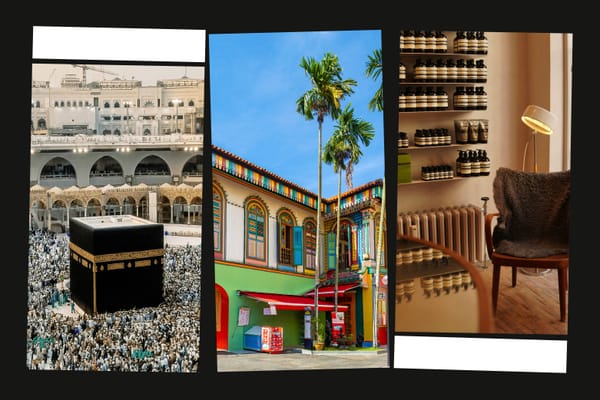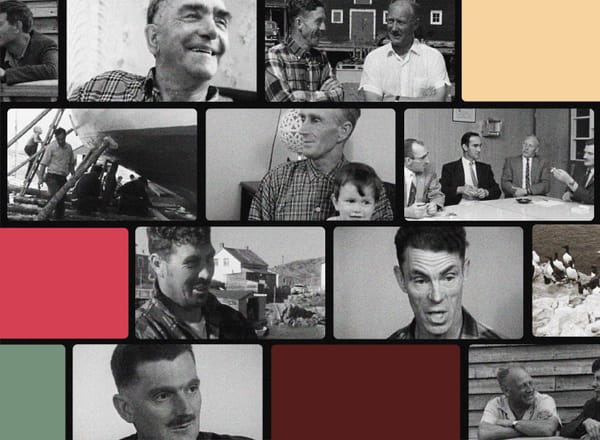You Are a City
Personal brands should be living systems, not one-line bios
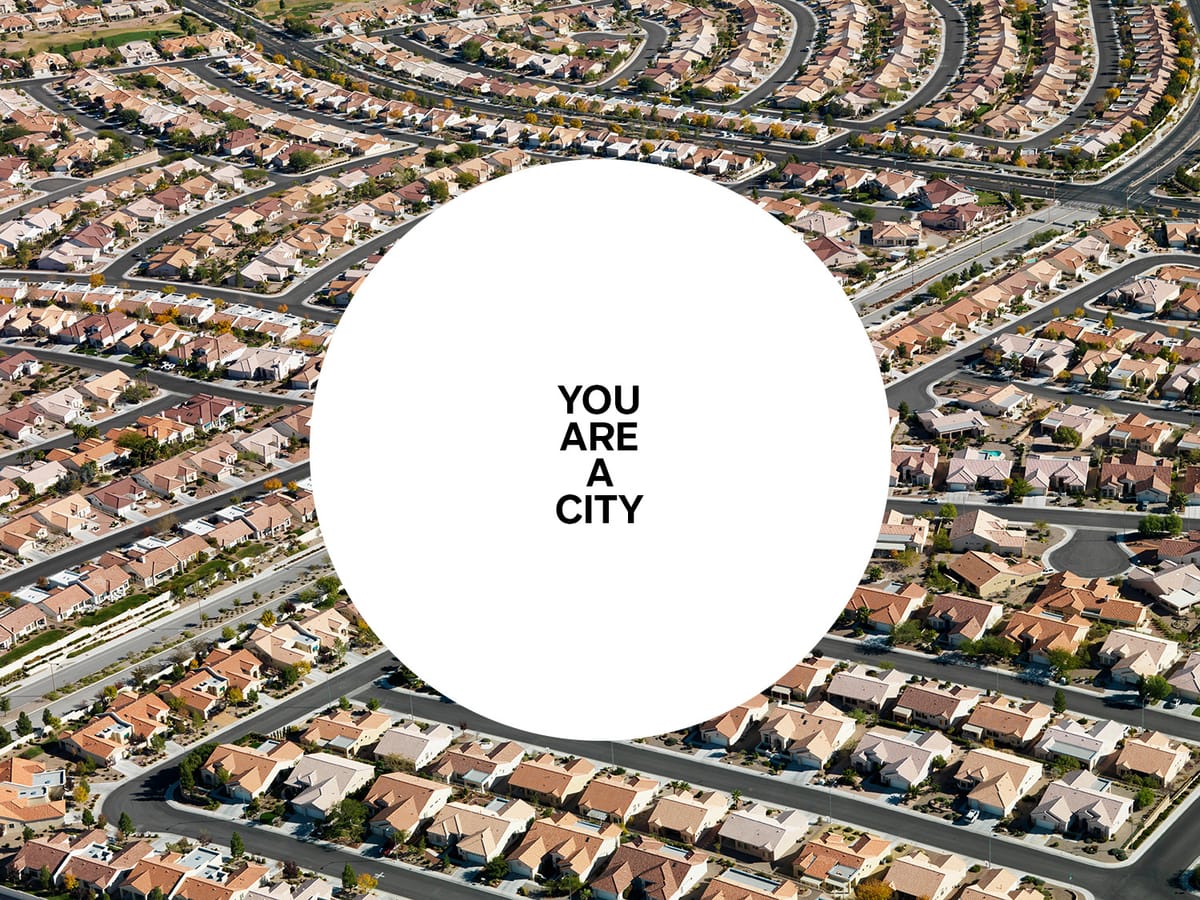
When most people think about a personal brand, they think about clean headshots and snappy LinkedIn headlines that describes a person’s specialization rather than their title. The most “successful” personal brands are highly packaged, with signature phrases in clear niches, consistent aesthetics, and low ambiguity. In effect, they are productized people.
The concept of personal brand is, as a result, contentious. Some deride it as inauthentic wrapping focused only on seeking attention. Others see it as a means of clearly translating the value of what you do to an audience who wants it. For every famous “brand” like Brené Brown, MrBeast, or Tyler, the Creator, there are hundreds of highly viable, if lesser-known, “brands” like Marie Forleo, Justin Welsh, and Ali Abdaal.

For those with the stamina and wherewithal to generate the quantities and quality of content required to satisfy the algorithm, it can be a lucrative business. Such people can earn up to millions of dollars annually through their combined revenue channels, which include coaching, YouTube, courses, speaking, and books.
And while the financial success and reach are tangible, it’s hard to separate it from that sense of productization, which can make it hard to meaningfully connect with these personalities as real and vulnerable human beings. They’re all a little like suburbs. Neat, predictable, and dead after 6 p.m.
Suburban LinkedIn Sprawl
There was a moment in mid-2024 when reels began showing up on LinkedIn. Barely different than the familiar and mind-numbingly addictive content you’d find on TikTok or Instagram, the new proliferation of tenuously relevant videos marked a turning point. LinkedIn had caved to the tendency of social-media platforms to hijack the brain’s reward system, creating a feedback loop that may feel like discovery but most often leads to passive consumption that hooks our dopaminergic seeking system. Maybe the next one will be better …
This trend accelerates the flattening of culture. Three-word slogans, corporate headshots, and meaningless virtue-signalling are all amplified by the quick-hit nature of the algorithm’s preferred content. Don’t dare stop on a superficially juicy short video or else you’re sure to see twice as much of that in the future—and then four times and then eight times as much!
LinkedIn has become a highway. You’re scrolling a feed consisting of billboards trying to coax you to stop and spend a little time. The basic currency is people, and the people have become the billboards.
From To
Traditional brand thinking is reductionist, focused on a fixed identity, and favours clarity above all else. But advanced urban thinking advocates for an acceptance of the messy, evolving, and layered approach to urban planning that defines great cities. In a truly great brand, friction isn’t a bug, it’s a feature, and identity is c0-created and changes block by block as the brand interacts with the different kinds of people who engage with it.
With personal brands, there’s a messy middle. They are performative but static. They are curated but hollow. You can feel the sheen of a polished headshot, and that veneer is at odds with the kinds of connection that human beings are so finely tuned for. The performance inherent in personal brands has advanced to the point where headshots are painstakingly engineered to feel as though the subject was casually caught off guard. But humans detect that falseness too. They are really good at knowing whether someone means it.

A better approach to personal brands starts by questioning the concept itself. Brands, by definition, mean defining the outer surface of something so that it is recognizable (and therefore ownable). What if we turn our focus inward and redefine the premise? What if, by adapting urban thinking, we can build richer and more resilient identities that attract collaborators and not just followers?
Urban Principles for Personal Identity
Mixed Personal Zoning
Cities are often at their best in the in-between places where zones blur, but we’re often told that clarity is key when communicating who you are and what you do. The reality is this: When it comes to your personal brand, it’s better to be interesting than accurate.
Kevin Kelly, one of my personal heroes, is a cofounder of Wired magazine. He’s an icon of futurism yet practices minimalist living, creates daily art, and writes about wisdom.
Childish Gambino is a multi-zone human city whose work spans a multitude of disciplines. While Kevin Kelly and Donald Glover are both pretty famous, the embrace of contradiction and friction in their own lives and work is a universally accessible trait. You can love strategy and weight lifting in equal measure, even if they seem like incompatible interests, because you are the unifier. You are what makes the difference make sense. It’s these unexpected juxtapositions that make us all more relatable.
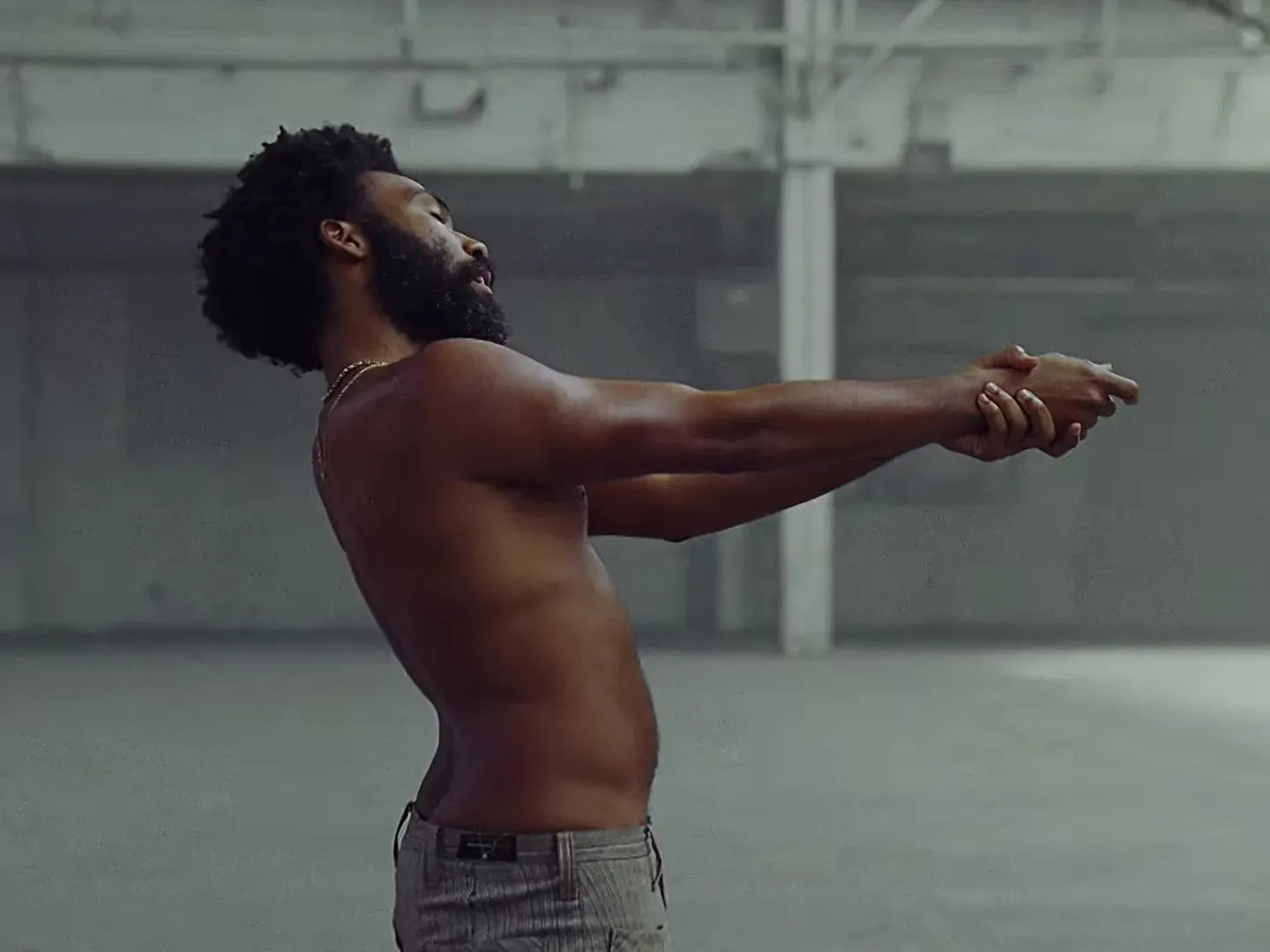
Frictions Create Flow
Jane Jacobs showed us that sidewalk friction builds safety and community, but personal brands often soften our rough edges. Don’t let it happen. Those quirks and unexpected intersections might lead to your identity’s best and most consistent foot traffic.
Yes, sometimes mistakes happen. If you’re in the mix in the town square you will likely run into some kind of trouble. But conflict, learning, public mistakes, and evolving beliefs are the kind of vulnerable authenticity that makes it easier to connect. People love an underdog, especially one who owns their mistakes.
Instagram is a high-traffic, curated, smoothed-over experience designed for speed and spectacle. Surfaces are polished, safe, and optimized. There is never, ever, a real conversation. Identity is flattened for visual coherence. There is no friction.

The publishing platform Ghost is quiet, messy, and full of personal context. It’s a slower pace, but has deeper interactions. If you’ve read this far into this article, you’re in an eddy that’s just off the torrent of a rushing main stream of online culture. It’s about evolving thoughts, complex arguments, and unfiltered ideas. And while it’s not for everyone, it’s good for some. Ghost (or other self-publishing long-form platforms) is where you can show your unpolished process, contradict yourself, test ideas, and change your mind.
Density, Not Volume
Not all cities are created equal. While Toronto can be a wonderful place, it’s no Tokyo. North American cities tend to sprawl, often to negative effect (at least for a while). Tokyo has more stuff in less space.
By concentrating your effort and ideas into tight, repeatable formats like weekly essays, micro-projects, or other rituals, you can both work in a cadence that’s manageable but also get to the kind of depth that shows how you think in a way that can attract better collaborators than simple visibility does.
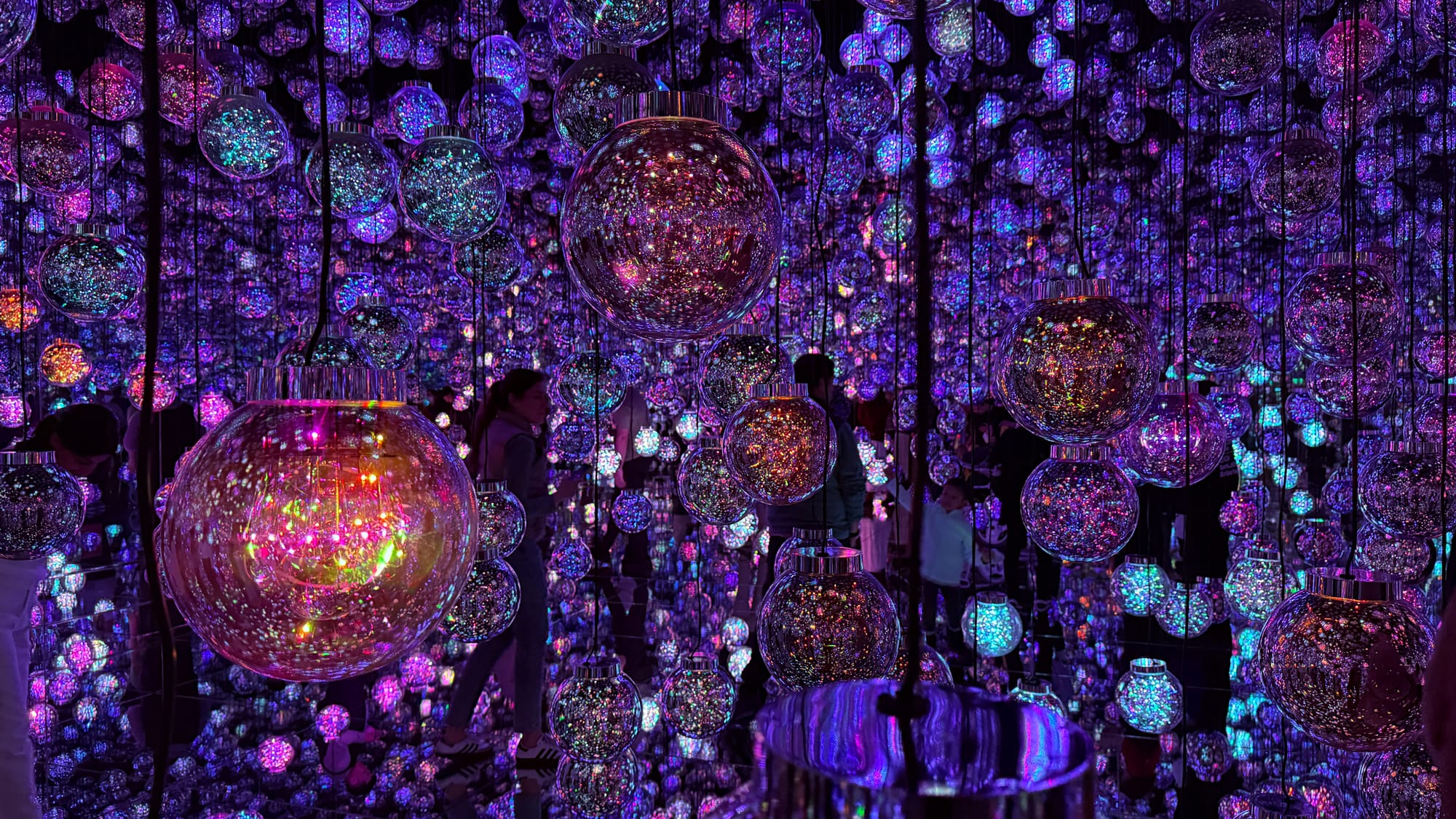
Rather than having content across multiple platforms, focusing on just a few (or even less) declares your home base and makes it easy for people to find you. It also provides a reliable destination for people who are looking for the kind of depth you want to get to.
It doesn’t mean you don’t need doorways. An email list or LinkedIn account should be an off ramp to your city, but even the off ramp can be nicely designed to invite people in by showing just enough of what you’re going to say. To follow the earlier billboard analogy, it’s not that billboards don’t matter. They need to attract people. Just don’t make the billboard an end in itself. Provide substance beyond.
Mapping Your Personal City
What if your personal brand is really a personal city? How would you plan for and build it?
City Centre: What are your core values? Your obsessions? What is your purpose in the world and your ambition?
Cultural Precincts: What are the subcultures that bring your city to life? What communities do they shape or serve?
Transit Lines: What are your communications platforms? How do people get in and out of your city? How well are they connected and are they adapted to different kinds of traffic?
Ghost Infrastructure: What are the signs of past identities that still shape the terrain? Previously held positions? Accomplishments of all kinds? What are the features that define your city even if they are no longer present?
Redeveloped Neighbourhoods: What areas would benefit from fresh thinking? What near- and long-term skills are you developing? What kind of life do you want to create and how do you make sure it has that productive friction that will create vibrancy?
Choosing Your Game
The reality is this. If you’re trying to sell mass-consumer products then go ahead and play the algorithm. But if you’re trying to build a meaningful business or reputation, play the long game and build a city. While cities don’t go viral, they are fundamental. They don’t appeal to everyone instantly, but people keep coming back to them, bringing others with them, and even moving in and building new things together.
So if you want to be remembered, trusted, and chosen for higher-value work, if you want to create a layered ecosystem that goes beyond services or products, then build your personal brand like a city. It may mean fewer likes, but it’ll lead to deeper conversations. It may mean fewer followers, but it’ll lead to higher-quality opportunities. It may mean slower growth, but it’ll mean a stronger signal to the world about what you’re about and what you stand for. It’s the difference between having a big personality versus a magnetic personality. One is “look at me” while the other is about making things that matter.

